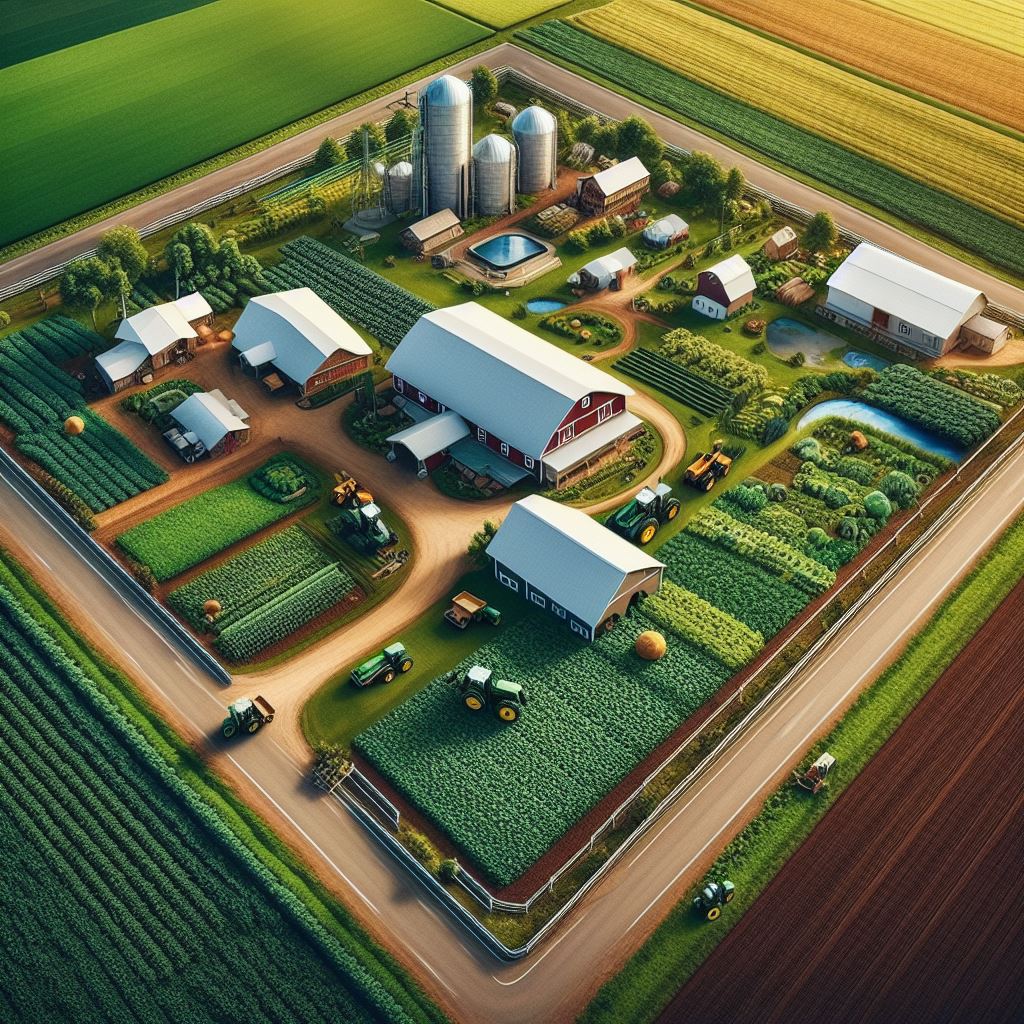
Precision Agriculture’s Silent Sentinels: A Look at Sensors in Modern Farming
Imagine a silent army, vigilantly guarding your fields, whispering secrets about the soil, the sun, and the silent language of your crops. This is the world of sensors in precision agriculture, tiny technological marvels that transform data into insights, guiding farmers toward a future of informed decisions and maximized yields.
No longer relegated to science labs, sensors have become the eyes and ears of modern agriculture, providing real-time data on:
Soil health:
- Moisture sensors: Monitor soil moisture content, preventing overwatering and ensuring optimal irrigation for different crop types and weather conditions.
- Nutrient sensors: Analyze soil nutrient levels, guiding targeted fertilization and preventing unnecessary waste.
- pH sensors: Measure soil pH, helping farmers optimize soil conditions for specific crops.
- Organic matter sensors: Assess soil organic matter content, informing practices for improving soil health and fertility.
Crop health and growth:
- Canopy sensors: Measure leaf area index (LAI), providing insights into crop growth, photosynthesis, and potential yield.
- Spectral sensors: Analyze plant reflectance in different wavelengths, identifying stress, nutrient deficiencies, and potential pest or disease problems.
- Biomass sensors: Estimate aboveground biomass, allowing for accurate yield predictions and adjustments to management practices.
Weather and environment:
- Weather stations: Monitor temperature, humidity, wind speed, and rainfall, enabling informed decisions on irrigation, pest control, and harvest timing.
- Solar radiation sensors: Measure sunlight exposure, helping farmers optimize planting dates, crop selection, and irrigation needs based on light requirements.
Livestock management:
- Animal health sensors: Monitor vital signs like temperature, heart rate, and respiration, allowing early detection of illness and improved animal welfare.
- GPS collars: Track animal location and movement, optimize grazing patterns, prevent losses, and improve pasture management.
Sensors, however, thrive in collaboration. Here are some of their key partners in the precision agriculture revolution:
- Data analysis platforms: Powerful software tools process data from various sensors, generating insights and actionable recommendations for farmers.
- GIS: Geographic Information Systems provide a visual platform for displaying and analyzing sensor data, allowing farmers to see patterns and trends on a map of their land.
- Remote sensing: Drones and satellites offer aerial views of fields, complementing sensor data by revealing patterns invisible from the ground.
Embracing sensors requires investment, training, and a willingness to adapt. But the rewards are undeniable:
- Increased profitability: By optimizing resource use and making informed decisions based on real-time data, sensors can lead to significant yield improvements and reduced costs.
- Improved sustainability: Sensors help farmers minimize environmental impact by optimizing water and nutrient use, reducing waste, and promoting sustainable land management practices.
- Enhanced risk management: Real-time data on weather, soil conditions, and crop health allows farmers to anticipate and mitigate potential risks, protecting their crops and investments.
Sensors, then, are not just tools; they are sentinels of change. They usher in a future where data-driven decisions guide every aspect of farm management, from planting to harvest, from soil health to animal welfare. By embracing sensors and their partners, farmers become not just cultivators of the land, but stewards of a future where technology and knowledge work hand-in-hand to nurture a bountiful and sustainable harvest for generations to come.